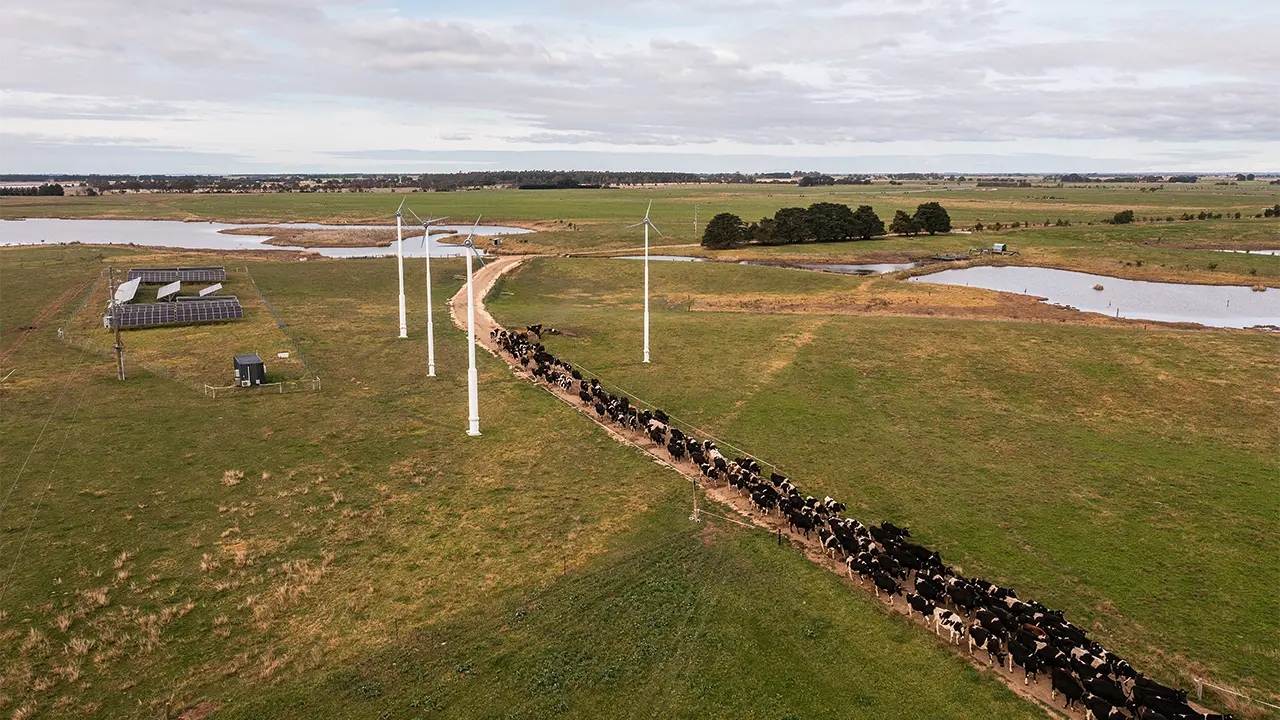Can electric tractors, 4WDS and harvesters work in the bush? What are the energy options for agriculture as Australia decarbonises?
Story Bruce McMahon Photo Ricky French
From stump-jump ploughs to GPS-guided harvesters, Aussie farmers have long welcomed innovation for more cost-efficient and productive agriculture. Today’s farmers and transport operators face a fresh round of self-sufficiency and technology issues, as they find new energy sources for sheds, utes, generators, tractors and trucks in the transition to greener energy.
“The biggest challenge facing farmers will be power sources for agricultural equipment,” says National Farmers Federation (NFF) vice-president David Jochinke, from his 3000ha farm at Murra Warra, halfway between Melbourne and Adelaide. He says agriculturalists in his area and across the country are as adaptable as ever, and well aware of future power issues. “We’ve only had mains power here since the 1960s, so we’ve been fairly self-sufficient most of our careers. It’s only the past 2 generations that’ve had access to main line power … We’ll probably go back to being self-sufficient again with lots of solar or wind generation.”
Within the nationwide push to electrify the economy as much as possible, David says the tipping point for change will be when network costs and technology converge. Reliability and value prospects will make it attractive for farmers to become more self-reliant on farms.
However, he says the real challenge is going to be farm equipment. Agriculture is as energy-intensive as it has ever been, and as agribusinesses are becoming larger, the trend is towards bigger machines that can do more in less time. “But I hold full hope that within our lifetime there’ll be huge steps forward on the power for the machines and efficiencies within agriculture, and with AI and robotics to help,” David says. “Imagine you can drive your tractor 10% more efficiently because AI’s made the best decision possible out of all the different scenarios to get the work done. We can be more productive.”
This story excerpt is from Issue #151
Outback Magazine: Oct/Nov 2023










